Buy Bitter Gourd Seeds from various brands at DesiKheti:
Buy Advanta Bitter Gourd Seeds Online
Buy Agroisia Bitter Gourd Seeds Online
Buy Ankur Seeds Bitter Gourd Seeds Online
Buy Ashoka Seeds Bitter Gourd Seeds Online
Buy Bioseed Bitter Gourd Seeds Online
Buy DuFlora Bitter Gourd Seeds Online
Buy Dutch Agriseeds Bitter Gourd Seeds Online
Buy East West Bitter Gourd Seeds Online
Buy Elite Seeds Bitter Gourd Seeds Online
Buy Fito Bitter Gourd Seeds Online
Buy HM Clause Bitter Gourd Seeds Online
Buy Indo American Seeds Bitter Gourd Seeds Online
Buy Indus Seeds Bitter Gourd Seeds Online
Buy JK Seeds Bitter Gourd Seeds Online
Buy Kalash Bitter Gourd Seeds Online
Buy Kanakadhaara Seeds Bitter Gourd Seeds Online
Buy Kaveri Seeds Bitter Gourd Seeds Online
Buy Mahyco Bitter Gourd Seeds Online
Buy Max Seeds Bitter Gourd Seeds Online
Buy Namdhari Seeds Bitter Gourd Seeds Online
Buy Nath Seeds Bitter Gourd Seeds Online
Buy Noble Seeds Bitter Gourd Seeds Online
Buy Nongwoo Bitter Gourd Seeds Online
Buy BASF Nunhems Bitter Gourd Seeds Online
Buy Nuziveedu Seeds Bitter Gourd Seeds Online
Buy Pahuja Seeds Bitter Gourd Seeds Online
Buy Pan Seeds Bitter Gourd Seeds Online
Buy PHS Bitter Gourd Seeds Online
Buy Rasi Seeds Bitter Gourd Seeds Online
Buy Sakata Bitter Gourd Seeds Online
Buy Sarpan Seeds Bitter Gourd Seeds Online
Buy Seminis Bitter Gourd Seeds Online
Buy Taiyo Bitter Gourd Seeds Online
Buy Tokita Bitter Gourd Seeds Online
Buy Unigen Bitter Gourd Seeds Online
Buy Unisem Bitter Gourd Seeds Online
Buy US Agriseeds Bitter Gourd Seeds Online
Buy Vagro Seeds Bitter Gourd Seeds Online
Buy VNR Bitter Gourd Seeds Online
Buy Welcome Seeds Bitter Gourd Seeds Online
Bitter gourd is a tropical and subtropical vine. Bitter gourd is known by different names such as bitter melon, goya, apple, squash, balsam-pear, Karela, Kakarakaya and karavila. The scientific name of Bitter Gourd is Momordica Charantia. Bitter gourd is a member of the Cucurbitaceae family. Bitter squash is common in Southeast Asian, East Asian, and South Asian cuisines.
Bitter melon contains exceptional nutritional value. Karela is high in iron, vitamin C, phosphorus, calcium, and vitamin A. Individuals suffering from diabetes, rheumatism, arthritis, and asthma can particularly benefit from it.
This vegetable is well-known for its germicidal qualities and capacity to treat digestive issues. Momordicoside is the alkaloid responsible for the bitter flavour.
Karela is valued for its culinary and therapeutic qualities in India. In 2021–2022, the nation produced 1.13 million tons of bitter squash, with Madhya Pradesh leading the production at (17.24%), followed by Tamil Nadu, Andhra Pradesh, Chhattisgarh, and Odisha.
Climate for Bitter Gourd Cultivation
The bitter squash is a tropical and subtropical plant that grows best in warm weather. Karela needs at least 18°C for seed germination. 25–30°C is the ideal temperature range for growth and flowering of Kakarakaya. Karela cannot withstand frost or extremely low temperatures.
Temperatures over 35°C can have a detrimental effect on the generation of female flowers and fruit sets, as well as the Kakarakaya plant's growth overall, making the plant more susceptible to viral infections. Female flower production in Karela may be increased by shorter daylight hours.
Soil for Bitter Gourd production
Bitter melon grows best in well-drained, nutrient-rich soil. Sandy loam is ideal for a healthy, early harvest. However, Alluvial soils and Black soils rich in organic matter are also suitable.
The optimal pH range for bitter squash cultivation is 6.0-7.0, but the plant can grow in alkaline soils with a pH of up to 8.0.
Land preparation for Bitter gourd cultivation
Prepare the field by ploughing it three to four times for a good soil tilth. Incorporate 8–10 kg of Farmyard Manure (FYM) per acre during the final ploughing.
Seeds and Propagation Material for Bitter gourd cultivation
Selection of Bitter gourd Variety: Choose a Bitter gourd variety based on the purpose of cultivation, local market preferences, climatic conditions, soil type, irrigation facilities, and pest and disease prevalence. Regional variations in bitter melon preferences can be attributed to various factors, including fruit bitterness, size, colour, and the presence or absence of tubercles or ridges.
Procurement of Quality Bitter gourd Seeds: Obtain Bitter gourd seeds from reliable and authenticated sources. At Desikheti, we offer a wide portfolio of quality Bitter gourd seeds delivered conveniently to your doorstep.
Bitter gourd Seed Rate:
- Varieties: 5 to 6 kg/ha
- Hybrids:
- Bower system: 1.5 to 2 kg/acre
- Bamboo pole support: 600 to 800 g/acre
Bitter gourd Seed Treatment: Hybrid and OP karela seeds marketed by Private companies are usually treated with chemicals. If the Karela seeds are untreated, treat them with Trichoderma viride (4 g/kg), Pseudomonas fluorescens (10 g/kg), or Carbendazim (10 g/kg).
As karela seeds have a hard outer layer, they can be soaked overnight in cold water before sowing to improve germination.
Time of Sowing Bitter Gourd Seeds
- Summer: February to March
- Kharif: June to July
- Rabi: October to November
In the hills of North India, sow bitter melon seeds from April to May. The season is early in plains like Rajasthan and Bihar, and bitter melon seeds are sowed from January to March. In areas with late and prolonged winters, sowing occurs in February-March. Karela plants can be cultivated throughout the year in regions with mild winters.
Method of Sowing Bitter Gourd Seeds
Karela seeds can be sown directly in the field. The seedlings can also be raised in polythene bags for 15-20 days and then transplanted to the main field.
Raised Beds and Furrows
Spacing: 0.6 to 1.2 m between plants and 1.5 to 2 m between rows
Pits
- Dig 60 cm diameter pits with a depth of 30-45 cm.
- Spacing: 2 m between pits and 2 m between rows.
- Sow 4-5 Bitter gourd seeds per pit at a 1-2 cm depth. Deeper sowing delays germination.
- KakarakayaSeeds will germinate in about 4-5 days.
- Remove unhealthy seedlings after 2-3 weeks, retaining only 2-3 karela seedlings per pit.
Nutrient Management
The fertilizer requirements for Karela vary based on the variety, soil fertility, climate, and planting season. Generally, 50–100 kg of nitrogen (N), 40–60 kg of phosphorus (P2O5), and 30–60 kg of potassium (K2O) are the required fertilizer doses per hectare. Apply half of the nitrogen along with all the phosphorus and potassium in pits or furrows at the time of sowing. The remaining nitrogen should be applied 30 days after sowing the Bitter melon.
Irrigation
Bitter melon thrives in both the rainy and summer seasons. Kakarakaya plants cannot tolerate drought or water stagnation. Maintaining good soil moisture in the upper 50 cm of soil where Karela roots are located is essential. Bitter squash crops need minimal watering during the rainy season but must be irrigated immediately after planting in the summer. Subsequent irrigation should be done every 4-5 days until flowering.
During bitter melon crops' flowering and fruiting stages, irrigation should be done on alternate days. Maintaining optimum moisture during these stages is essential. Karela crops can be irrigated through a basin and furrow system or drip irrigation.
Training
After planting, bitter melon vines grow quickly and soon branch out at the side. Compared to letting the vines grow on the ground, training them has many advantages. Training facilitates easier intercultural operations, better pollination, and improved fruit set. It expands the fruiting area, resulting in an increased number of larger Bitter melon fruits.
Proper exposure to sunlight enhances the appearance of the Karela fruits. It reduces the incidence of fruit flies, other insects, and diseases in Bitter squash crops. Additionally, spraying and pest control operations become more manageable, and clean harvesting is easier, preventing issues like scabs or fruit rotting.
Generally, there are two types of training methods:
1. Bowers with wire
2. Bamboo pole support for plants.
Pruning
The karela plant develops many unproductive side branches. Lateral branches should be cut off until the runner reaches the top of the trellis to increase the yield. The overall yield is positively impacted when lateral branches in the first ten nodes are removed. To keep the karela fruit straight, tie a pebble at the end of a string attached to the end of the flower. This helps to weigh down the Karela fruit and prevent curling.
Weed Management
Effective weed management is essential for the healthy growth of bitter squash throughout the growing season. Maintain the Kakarakaya field, especially the pits, weed-free by regular hand weeding, hoeing, and light earthing up. Earthing up is especially crucial during the wet season to prevent weed growth. The first weeding should be done 30 days after planting bitter melon, with subsequent weeding at monthly intervals. Mulching is commonly used for bitter melon crops grown on raised beds to suppress weed growth and retain soil moisture.
Pest and Disease Management
Common Pests of Bitter Gourd
Cucurbit Fruit Fly (Bactrocera cucurbitae, Bactrocera dorsalis )
- The larvae feed on the internal tissues of the Karela fruit, leading to premature fruit drop, yellowing, and rotting.
- Often, secondary bacterial infections lead to more deterioration.
- Managing this pest is difficult as the larvae are protected inside the bitter karela fruit, making them resistant to direct insecticide applications.
Pumpkin Beetles (Aulacophora foveicollis, Aulacophora cincta, Aulacophora intermedia)
- These beetles are highly damaging. Adults create holes in bitter squash leaves and feed on roots and flowers.
- This pest causes severe damage to early-sown crops, often necessitating replanting. Grubs feed on bitter squash roots, flowers and bores into developing fruits.
Coccinia Gall Fly (Lasioptera falcata, Neolasioptera cephalandrae)
- Maggots bore into distal shoots of the karela plant, forming galls that appear as elongated shoots with thickened areas. There can be more than 100 maggots in each gall.
Aphids (Aphis malvae)
- A. malvae infests Karela in south India. Both nymphs and adults suck sap from tender leaves and shoots, causing the leaves to curl and growth to be stunted.
- Bitter melon flowers and fruits are also affected. The excretion of honeydew leads to sooty mold, which interferes with the photosynthetic activity of bitter melon plants.
Epilachna Beetle (Epilachna spp.)
- The yellowish-colored grubs and adults of the beetles feed voraciously on leaves and tender plant parts. The leaves are completely skeletonized, leaving only a network of veins.
- Heavy infestations cause severe defoliation and decreased yield in Karela crops.
Melon Fruit Fly (Dacus cucurbitae)
- These insects, active from March to May, lay their eggs beneath the fruit's skin.
- Kakarakaya fruits decay and become inedible due to maggots feeding on the pulp. Infested bitter melon fruits develop dark-brown, rotten patches and often fall off prematurely.
Common Diseases of Bitter Gourd
Powdery Mildew (Sphaerotheca fuliginea)
- This disease is favoured by excessive humidity. The disease initially manifests as a white, powdery residue on the upper leaf surfaces. Across the lower surface, circular patches or spots appear.
- Affected bitter melon leaves become brown, shriveled, and may fall off, leading to reduced yield. Fruits from infected bitter squash plants are small and underdeveloped.
Downy Mildew (Pseudoperonospora cubensis)
- This disease is common in regions with high humidity, especially regions with frequent summer showers. Yellow angular patches on the upper leaf surface are the disease's visible symptoms.
- Under humid conditions, a whitish powdery growth appears on the lower leaf surface of the leaf, which spreads rapidly, causing quick defoliation and plant death.
Fusarium Wilt (Fusarium oxysporum f. sp. niveum)
- Plants initially exhibit temporary wilting, progressing to permanent wilting and affecting more vines over time. Kakarakaya leaves turn yellow, lose turgidity, and droop, eventually leading to plant death.
- In mature Karela plants, sudden wilting of leaves and yellow or brown discoloration of vascular bundles in the collar region is observed.
Bitter Gourd Mosaic (Bitter gourd yellow mosaic virus)
- This virus primarily affects the leaves, causing small, irregular yellow patches. Leaves show vein clearing, while severely infected plants exhibit reduced leaf size and malformed young leaves.
- Some bitter melon leaves show a marked reduction in lamina development, resulting in a shoestring effect. Aphids transmit this virus.
Bitter Gourd Witches' Broom
- This disease results in axillary bud growth and aberrant malformation, leading to tiny leaves. Infected bitter melon plants produce numerous flowers and bloom earlier than healthy plants.
- Flowers exhibit green phyllody, and fruits are small, cylindrical, deformed, and seedless. Severely infected plants may not bear any fruit.
Harvesting of Karela
The bitter gourd usually reaches maturity 55–110 days after sowing. The ideal harvest time varies by variety. Generally, karela fruits should be picked when they are tender and green. Harvesting of bitter melon fruits once every 2 to 3 days ensures optimal fruit quality and encourages continuous production. The fruits of Karela ripen fast and can turn red if left too long, affecting the growth of new fruits and reducing overall yield.
Harvest in the morning and store the fruits in a shaded spot to preserve quality. A single crop can be harvested 15–20 times.
Bitter Gourd Yield
The yield of bitter gourd can vary based on the variety and cultivation practices. On average, the yield ranges from 15 to 20 tons per hectare. However, yields can reach up to 40 tons per hectare with some hybrid varieties and optimal management.
 Sold out
Sold out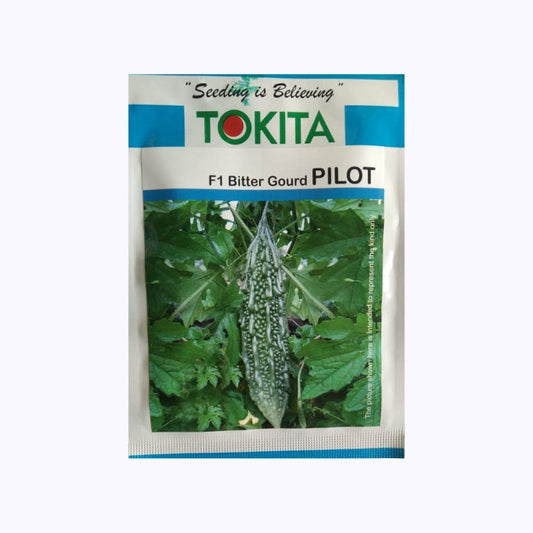 Sold out
Sold out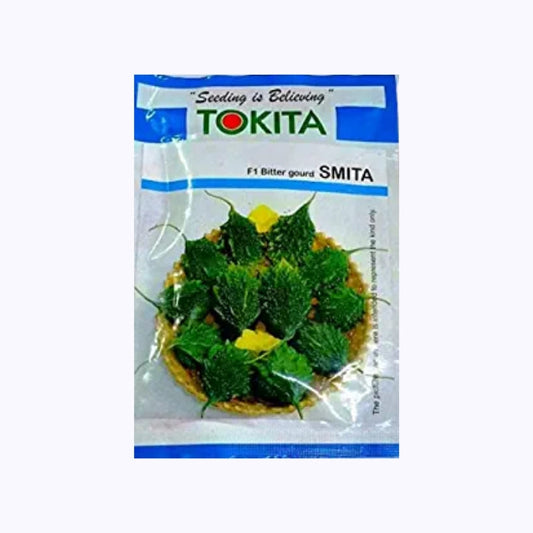 Sold out
Sold out Sold out
Sold out Sold out
Sold out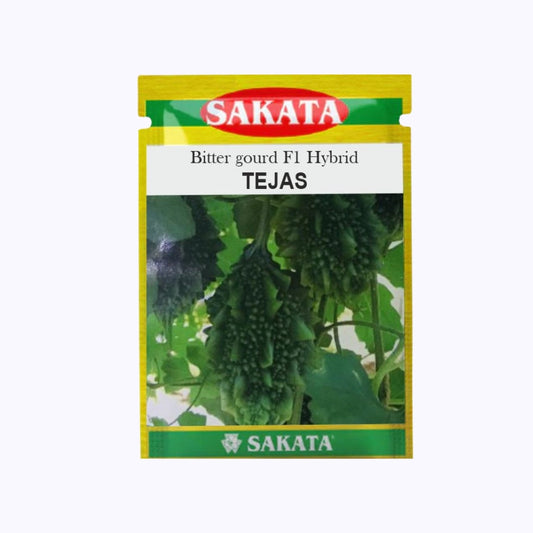 Sold out
Sold out Sold out
Sold out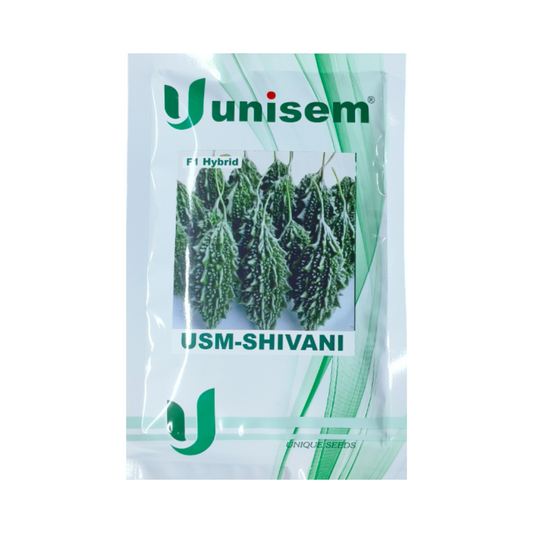
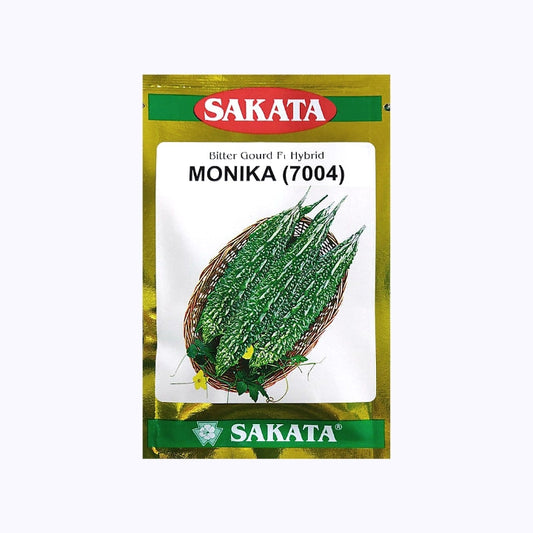 Sold out
Sold out Sold out
Sold out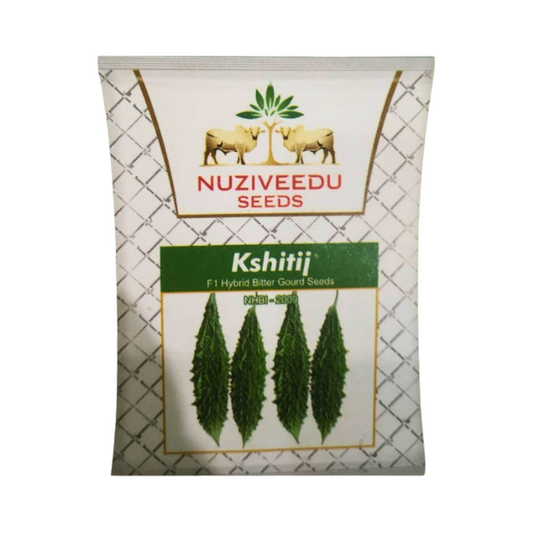 Sold out
Sold out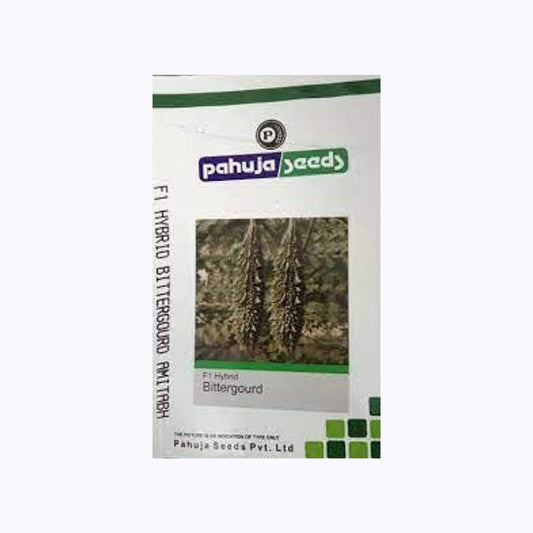 Sold out
Sold out Sold out
Sold out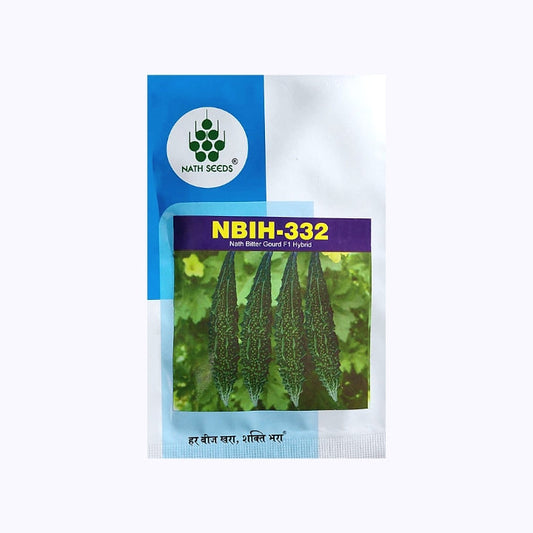 Sold out
Sold out Sold out
Sold out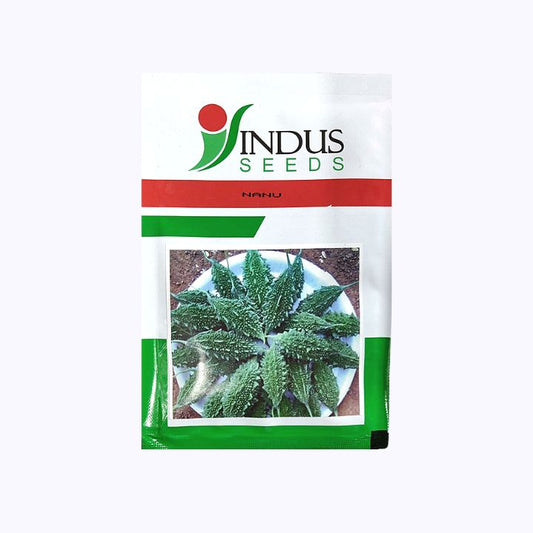 Sold out
Sold out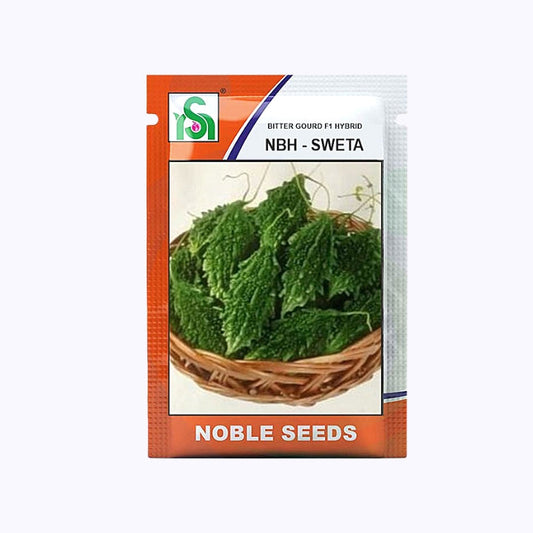 Sold out
Sold out Sold out
Sold out Sold out
Sold out Sold out
Sold out Sold out
Sold out Sold out
Sold out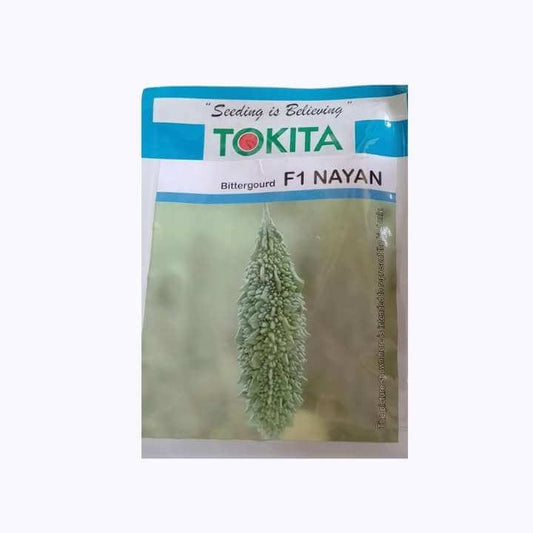 Sold out
Sold out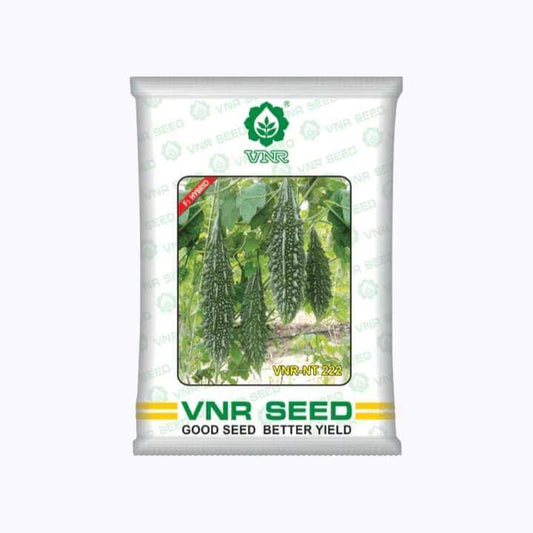 Sold out
Sold out























